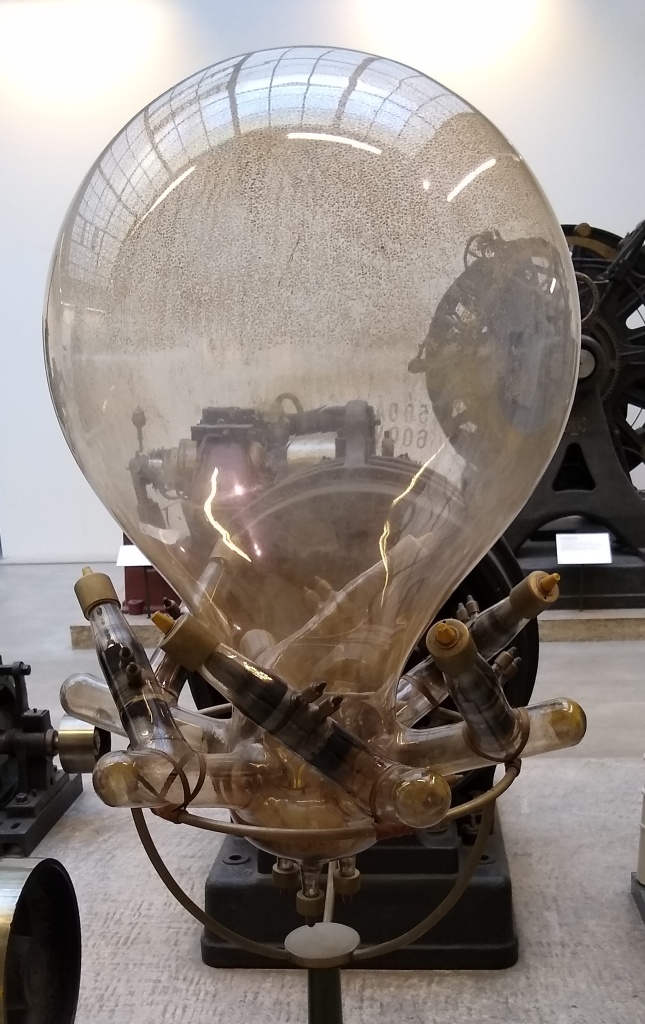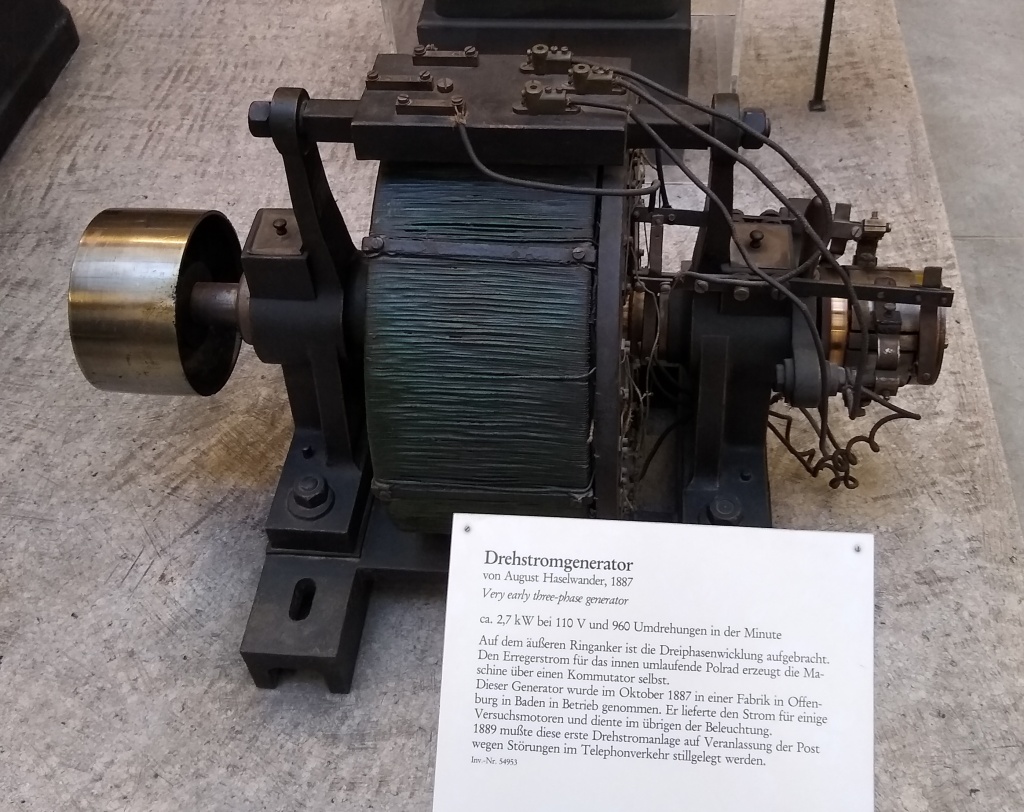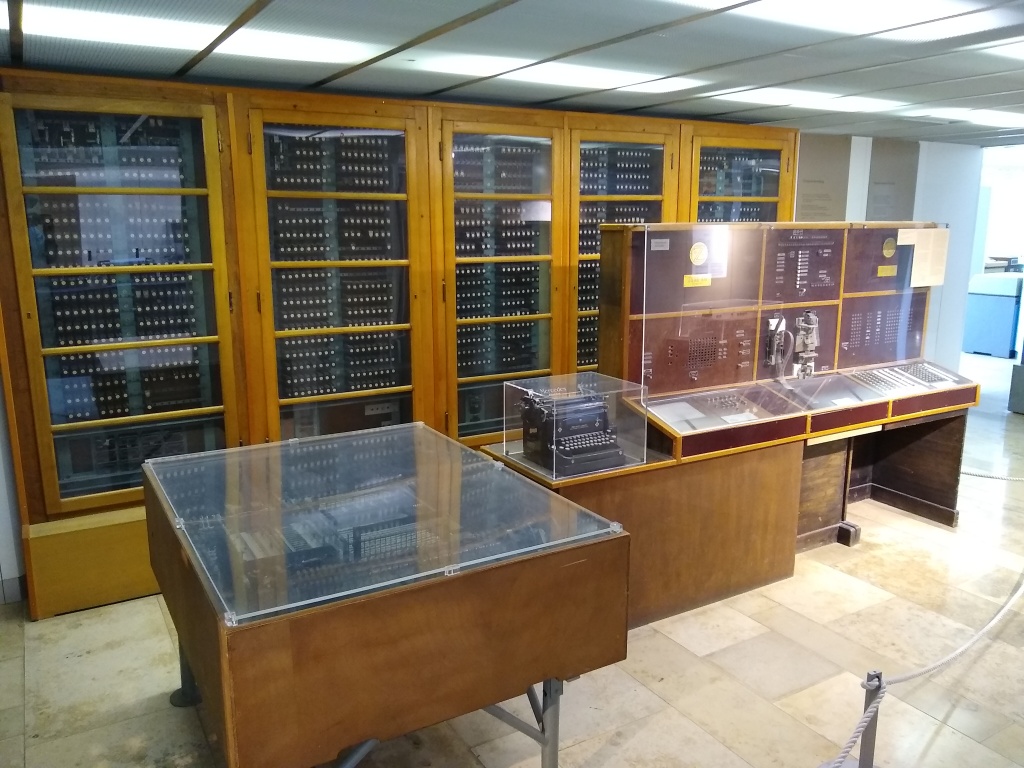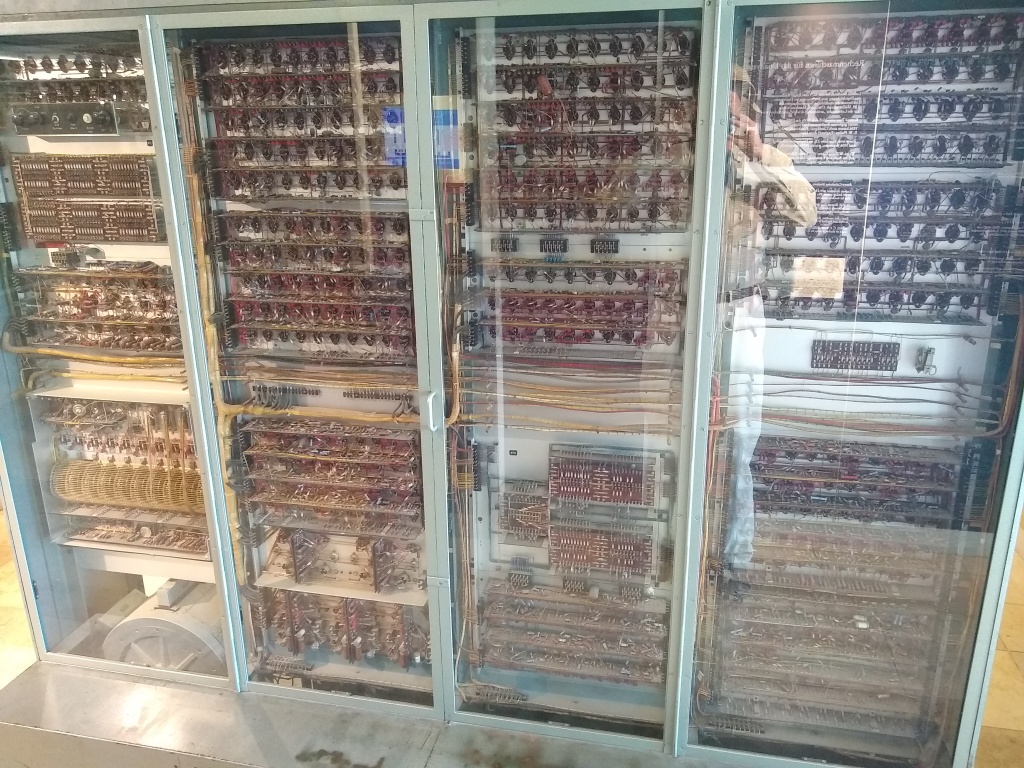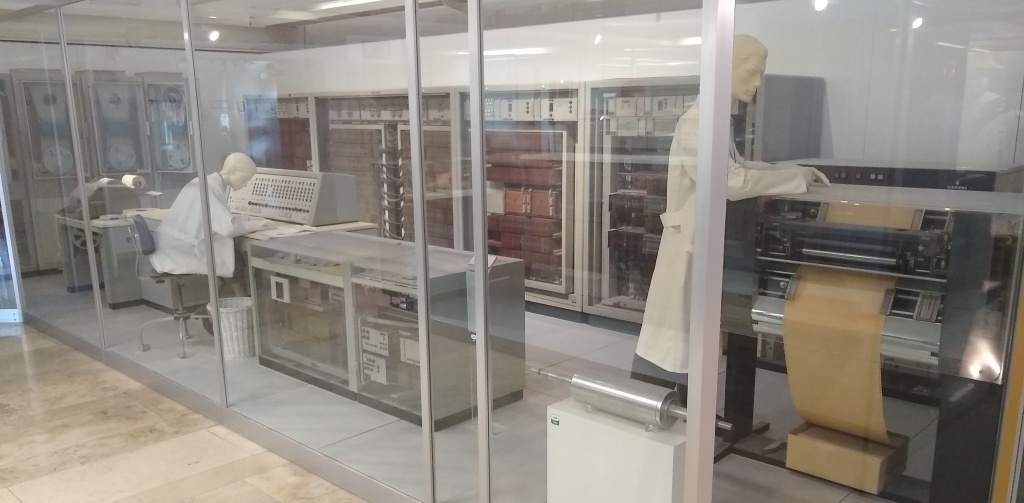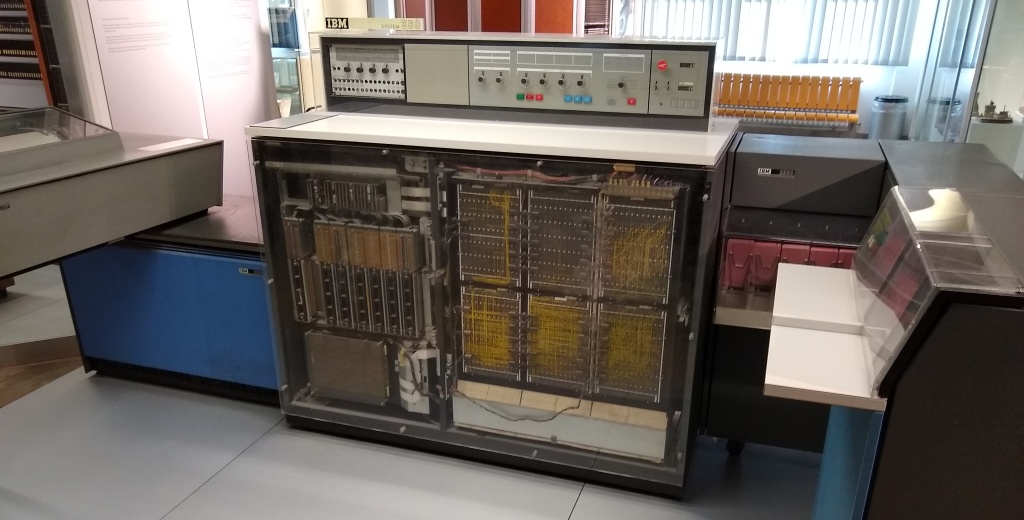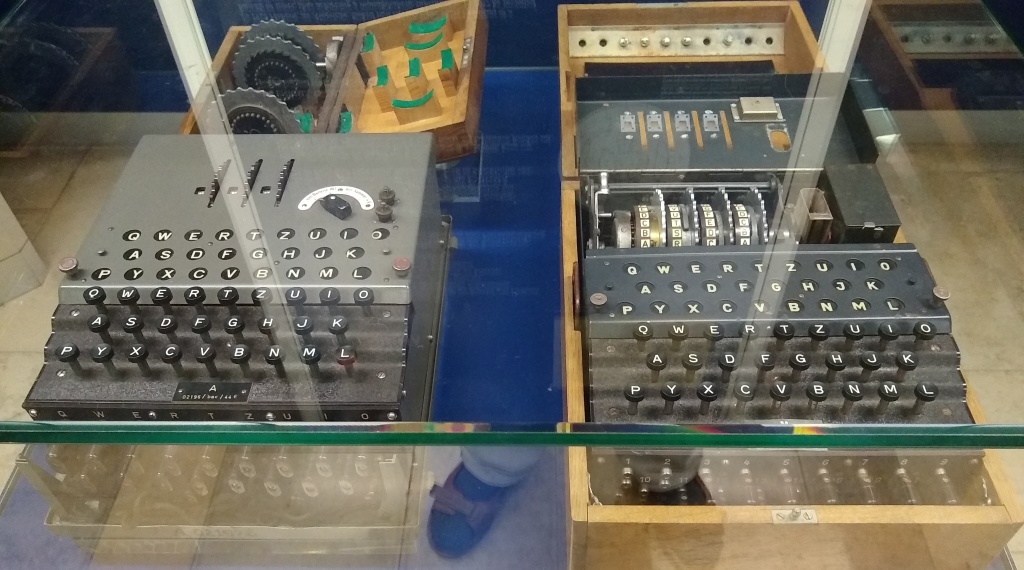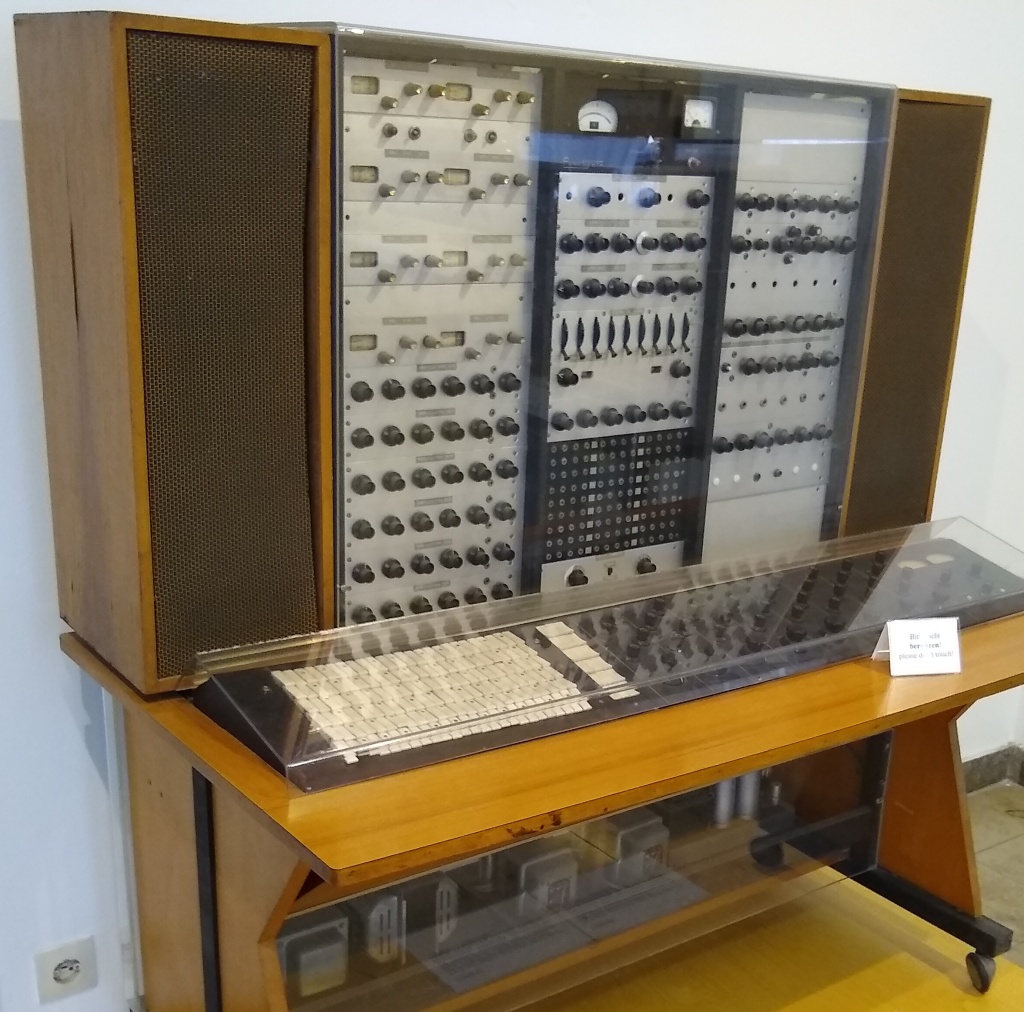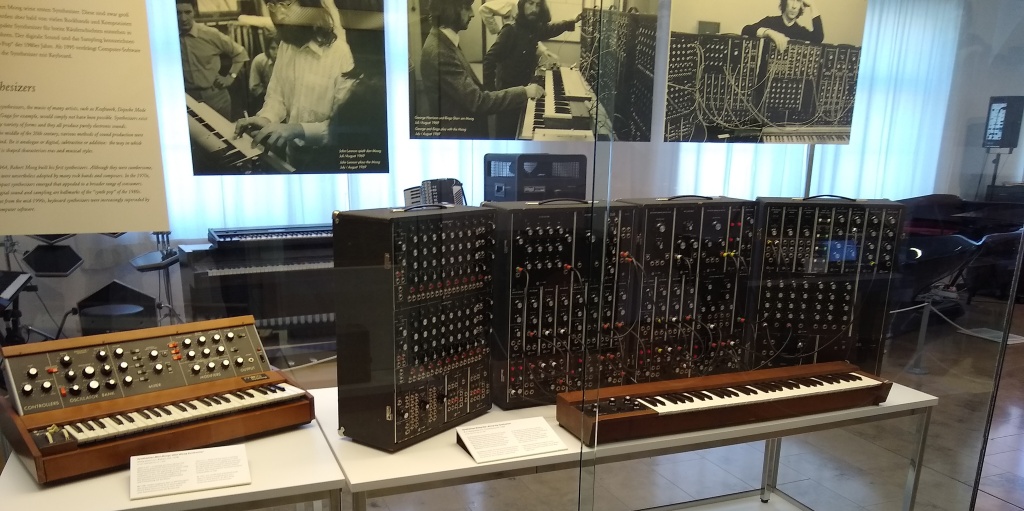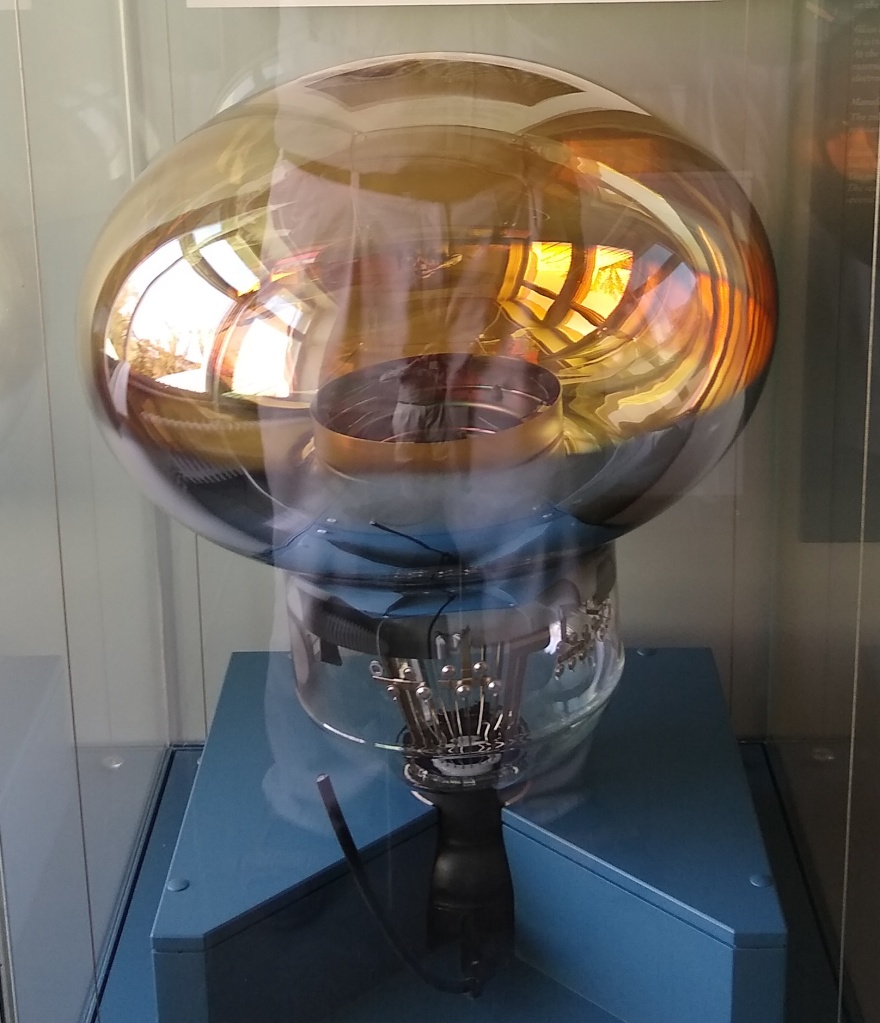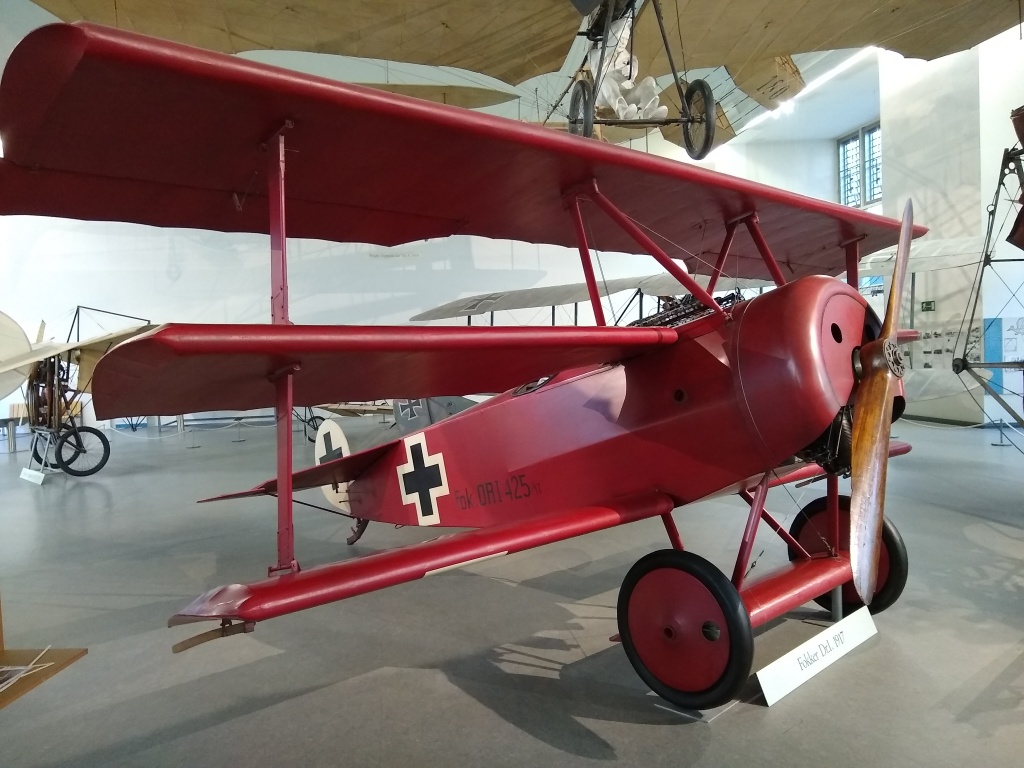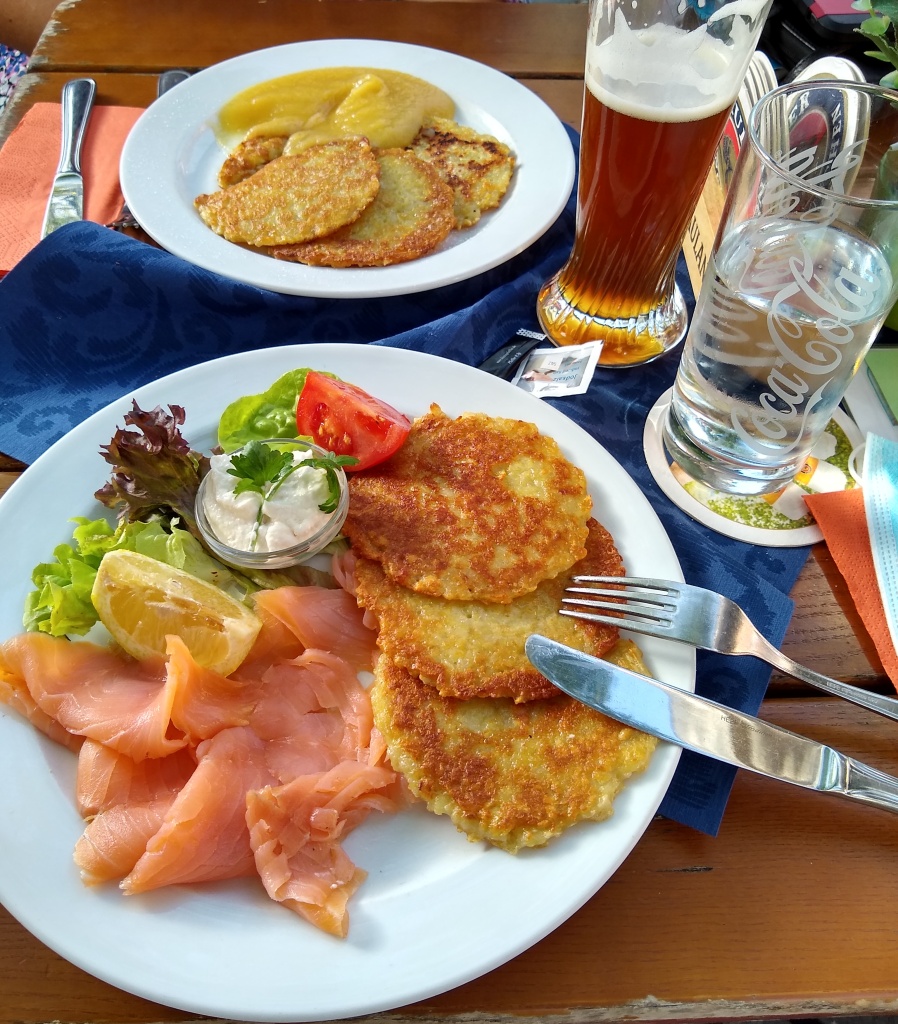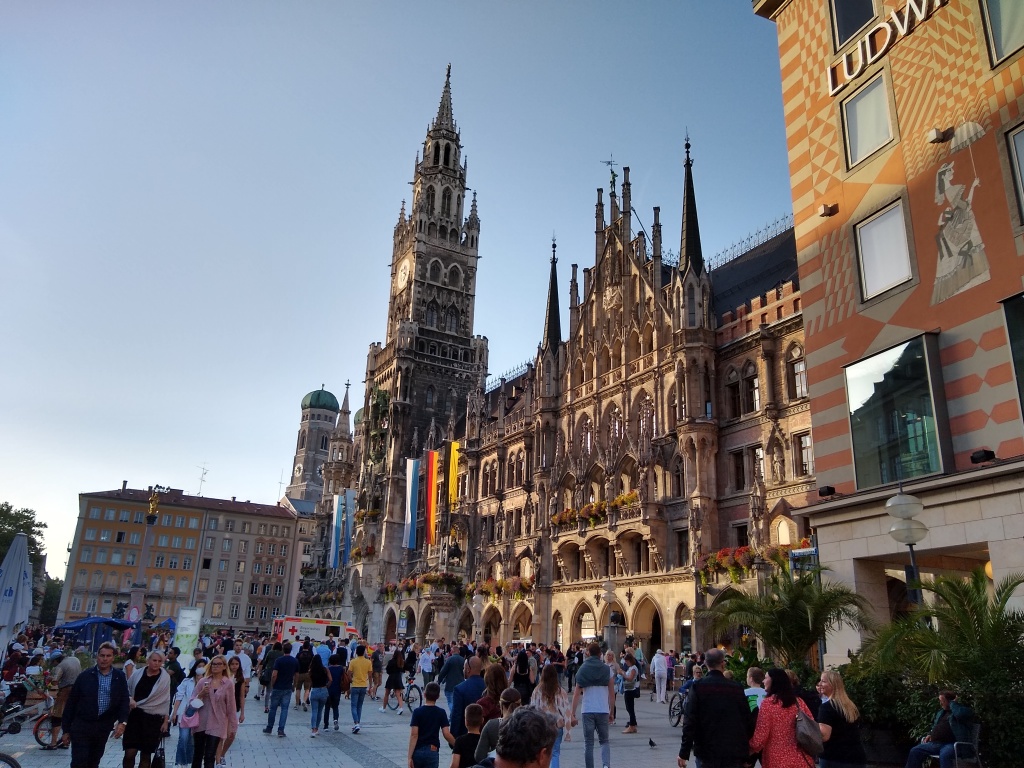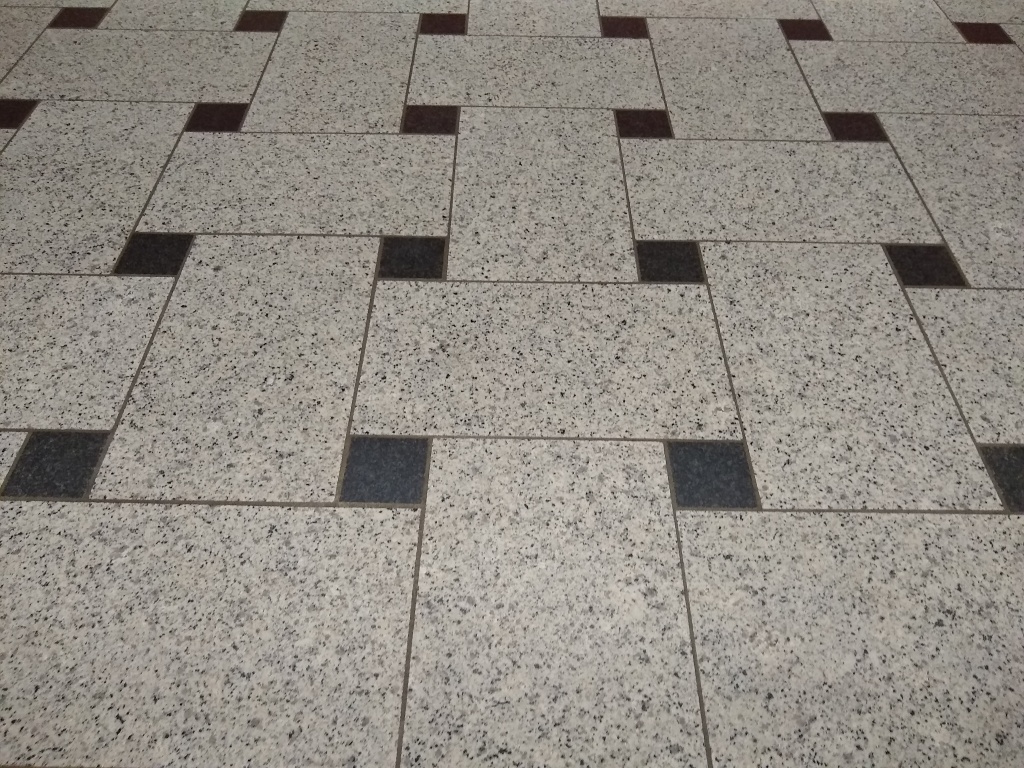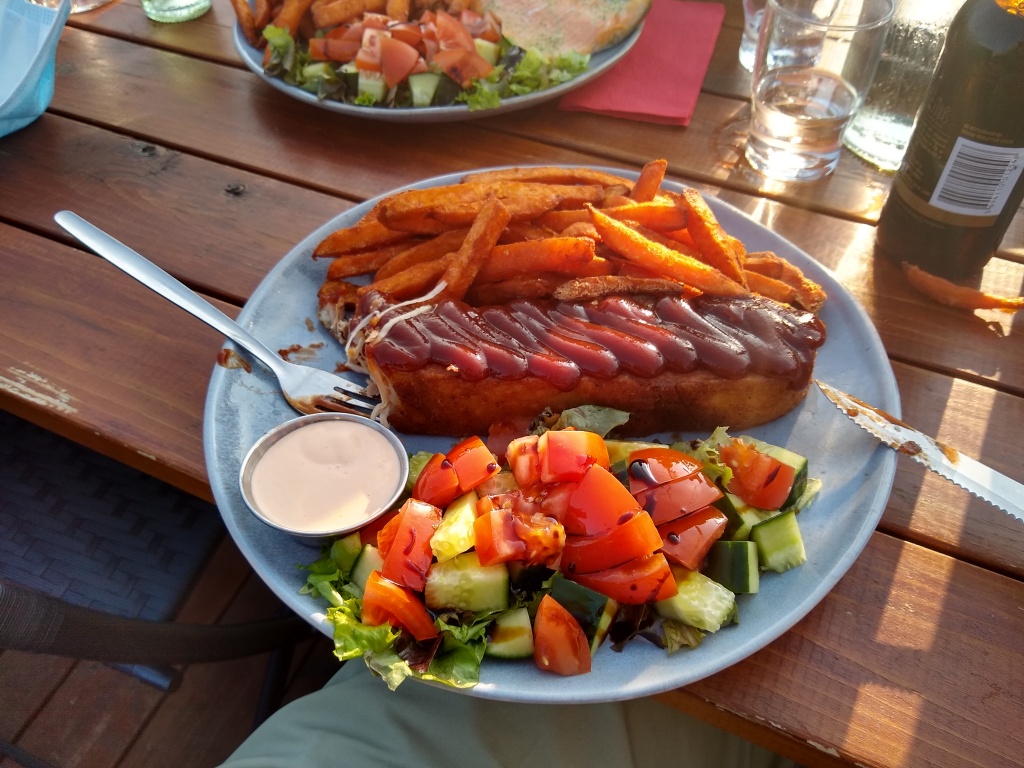October 3rd: We bade farewell to Grindelwald and headed out. But our 3-day pass was still good, and we had one more mountain to climb. So we drove to Wilderswil and took the 1893 cog railway up to Schynige Platte. (On the first day, we didn’t do First. But on the second day, we did First first.)

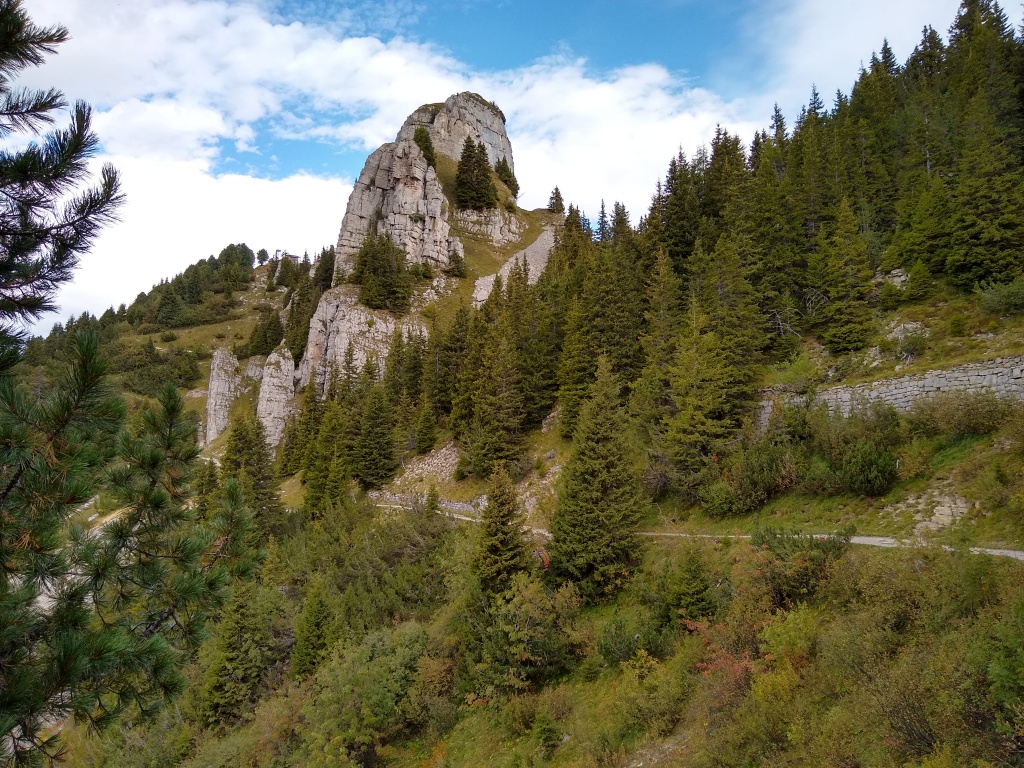
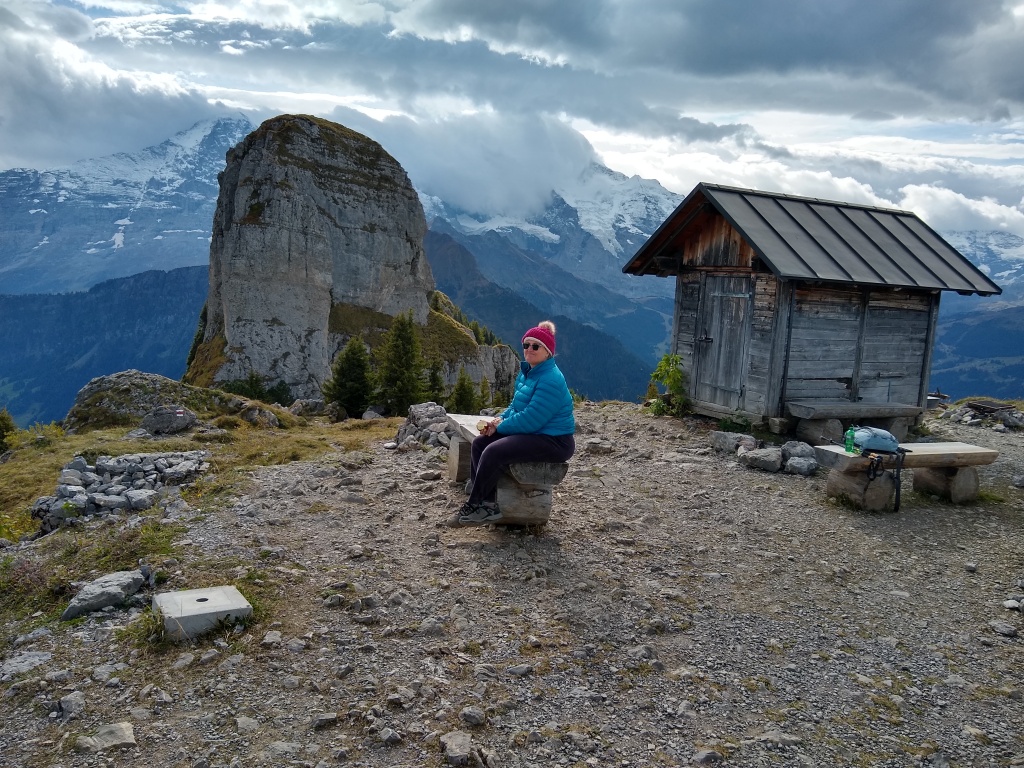
At that point, I suddenly discovered that my camera had a panorama feature. What can I say, I’m old and slow.

From the overlook, we basically followed the ridgeline to the right, towards Oberberghorn.


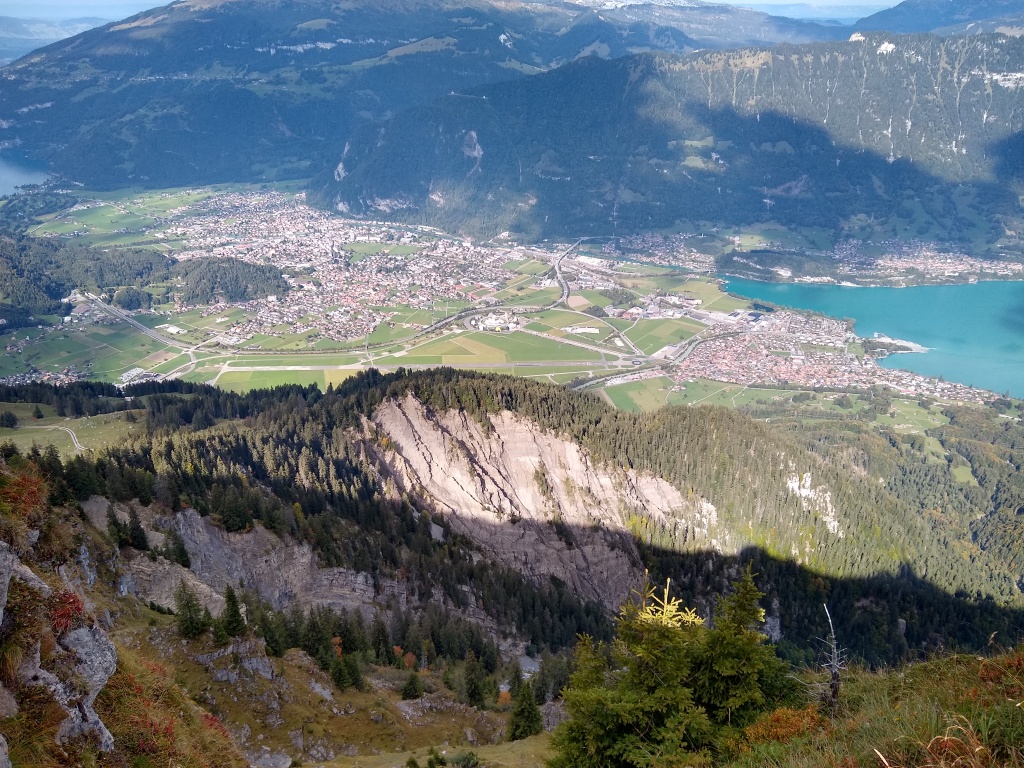


Eventually though, the ridge ended at the Oberberghorn.




Once we got back down, it was time to drive to Italy. The weather was overcast, but otherwise it was pretty scenic.

We stopped for lunch at a famous street-food stand called Sweet Ride, in Bönigen (near Interlaken).



A bit further down the rod, we heard there was this famous waterfall near Meiringen. We drove close to the top of it, over an incredibly narrow road, only to find that there was no place to park at all, except for guests of a small hotel there. So we turned around and headed back down, without even a glimpse.

There was a small car offering rides to the top, but we just missed one, and didn’t want to wait for the next.
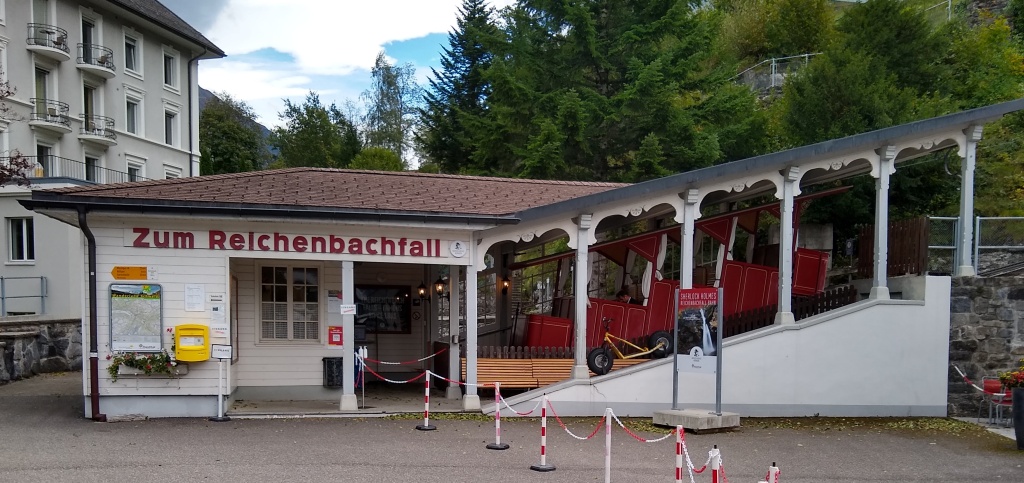
So, we left it behind and continued on our journey. As we climbed out of the Swiss Alps towards the Italian Alps, there were lots of scenic views with other waterfalls.



Finally, we crossed the Sustenpass (2224 m) and could start descending.


Finally we made it into Italy. Our lodging that night was at a pizzeria, Della Torre, up on a hill overlooking Como. It was pouring rain and we had a hard time finding it, but once settled we had an excellent dinner in the restaurant.

